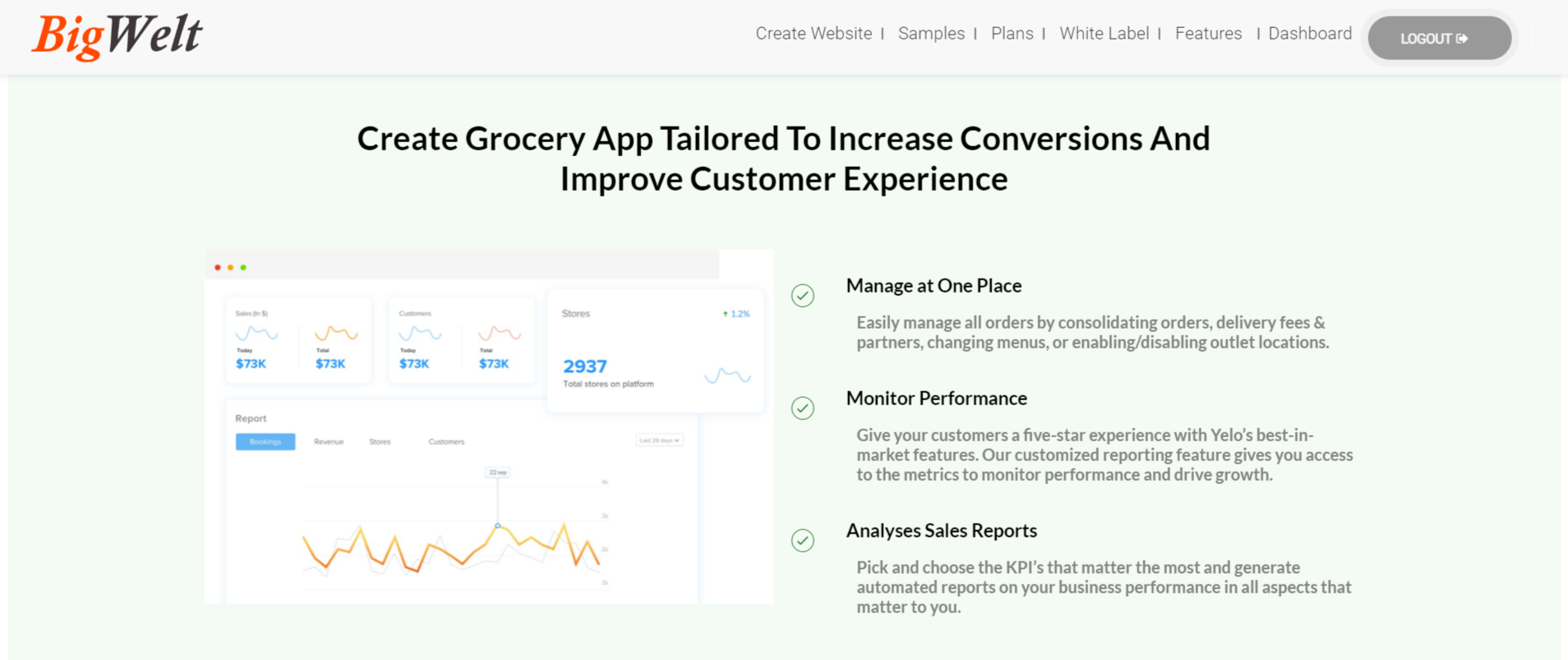There are health professionals who are intimidated by financial issues or don’t have enough interest to spend time learning about them.
However, being aware of the basic accounting issues of the office is not difficult and it is worth the effort that it can mean due to its great benefits for the development of the professional activity.
The first variables to take into account when analyzing the finances of the health enterprise are income and expenses.
By simply looking at and interpreting your income and expenses, doctors can make decisions about your practice that will help you run with greater predictability and safety.
As we already mentioned, a clinic is a full-fledged business, therefore it is necessary to control expenses to make it successful.
To begin with, it is helpful for physicians to become familiar with the billing process. A piece of advice from Saludiario, in the event that they cannot receive advice from a medical practice accounting service or professional in the area, is to acquire “an electronic medical record system program since they have the billing process integrated within the same system, which will make it quicker and easier.”
Here are some things to consider regarding practice income and expenses and how they help healthcare professionals and their partners better run their practice.
Income and expenses at the time of planning
All types of organizations must have a plan that establishes short, medium, and long-term goals. Of course, the realization of these objectives implies the investment of economic resources to achieve them.
When preparing a budget, whether it is for a new practice or one that is already operating, income and expenses are the basic information to know the profitability of the practice, the possibilities for growth, and the type of organization that suits you.
If there is no information on expenses or income from previous months, it is advisable to investigate and prepare a budget with tentative information that will later be modified with the actual data of the practice.
In the planning stage, it is important to take into account what types of payment methods will be accepted for the services and the payment terms, how much money is needed to support the expenses of the office, how much it costs, and how much is earned for each service that is provided. offers etc
Analyze different scenarios
A tip for planning in relation to costs versus income is to create budgets that adapt to different scenarios, optimistic, realistic, and pessimistic.
The budget of an optimistic month corresponds to a month in which there would be no extraordinary expenses, such as an unexpected arrangement; there would be no type of cessation or delay in collections for administrative reasons, for example.
In this scenario, it is reflected what the costs and income of the office would be in an ideal situation, working at full capacity.
In the pessimistic budget, on the other hand, the minimum income that can be expected or the maximum that could be allocated to an unplanned expense is considered.
A realistic scenario, on the other hand, would be the most similar to an average month.
Knowing the different alternatives, health personnel can adjust their expectations and develop plans according to specific variables based on data.
Distinguish between fixed costs and variable costs
Both in the planning stage and when evaluating how the financial resources of medical practice will be allocated, it is a good idea to distinguish between fixed and variable costs.
As its name indicates, fixed costs are those that are repeated every month, for example, rent, salaries, taxes.
Variable costs are those that depend on the consumption that is made, such as services, the purchase of supplies, etc.
Knowing the nature of the expenses allows us to foresee the money that will be needed each month to cover each expense and also to know those variables that can be reorganized. For example, a variable expense such as the cost of the telephone can often be made fixed, in this case by purchasing a fixed monthly plan, and thus avoid unexpected expenses.
Knowing the costs linked to the professional activity can also help doctors decide what type of services to offer and how to build the professional staff according to the profile of the office and its management plan.





